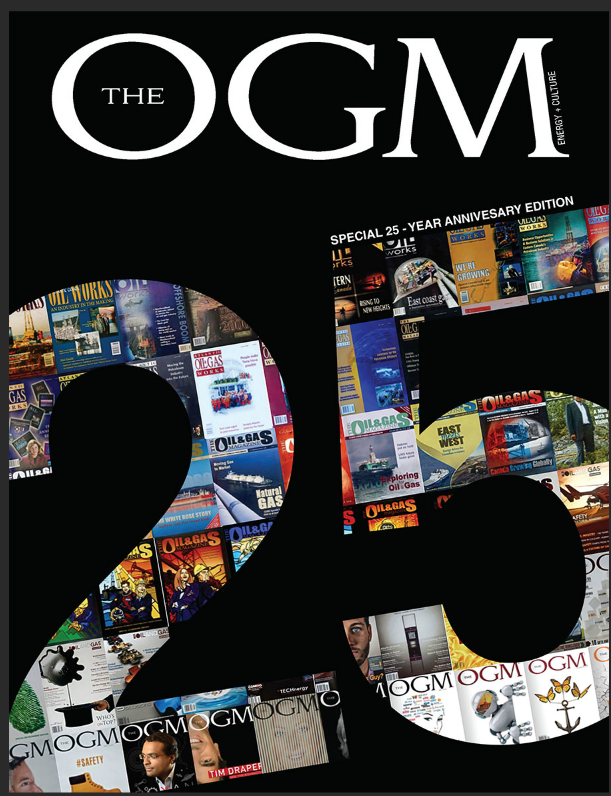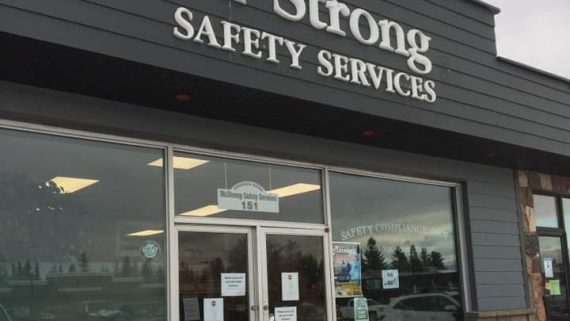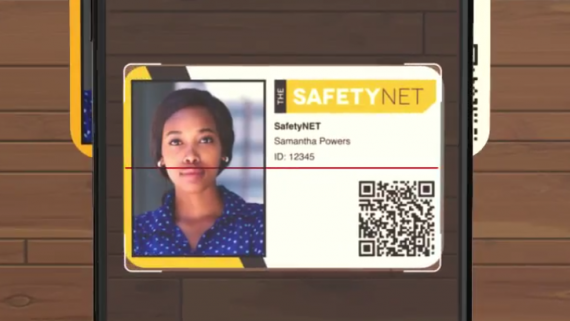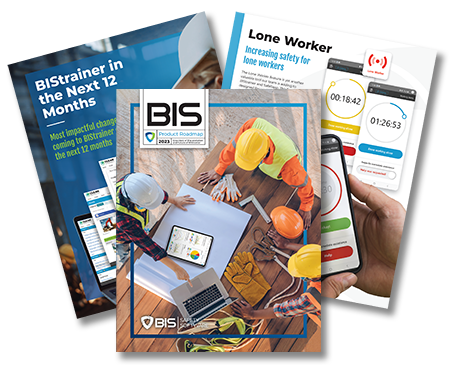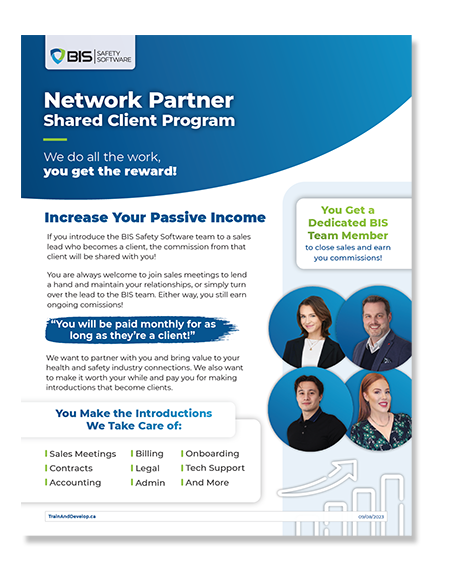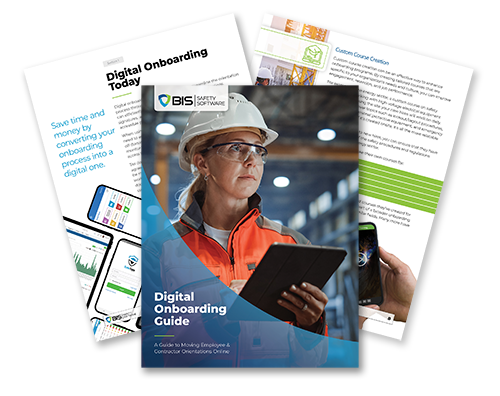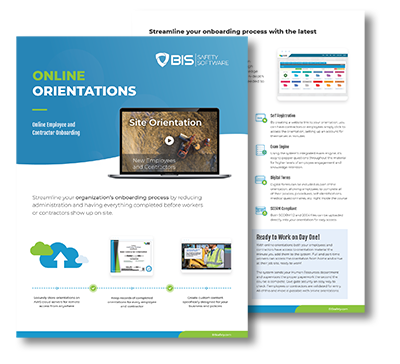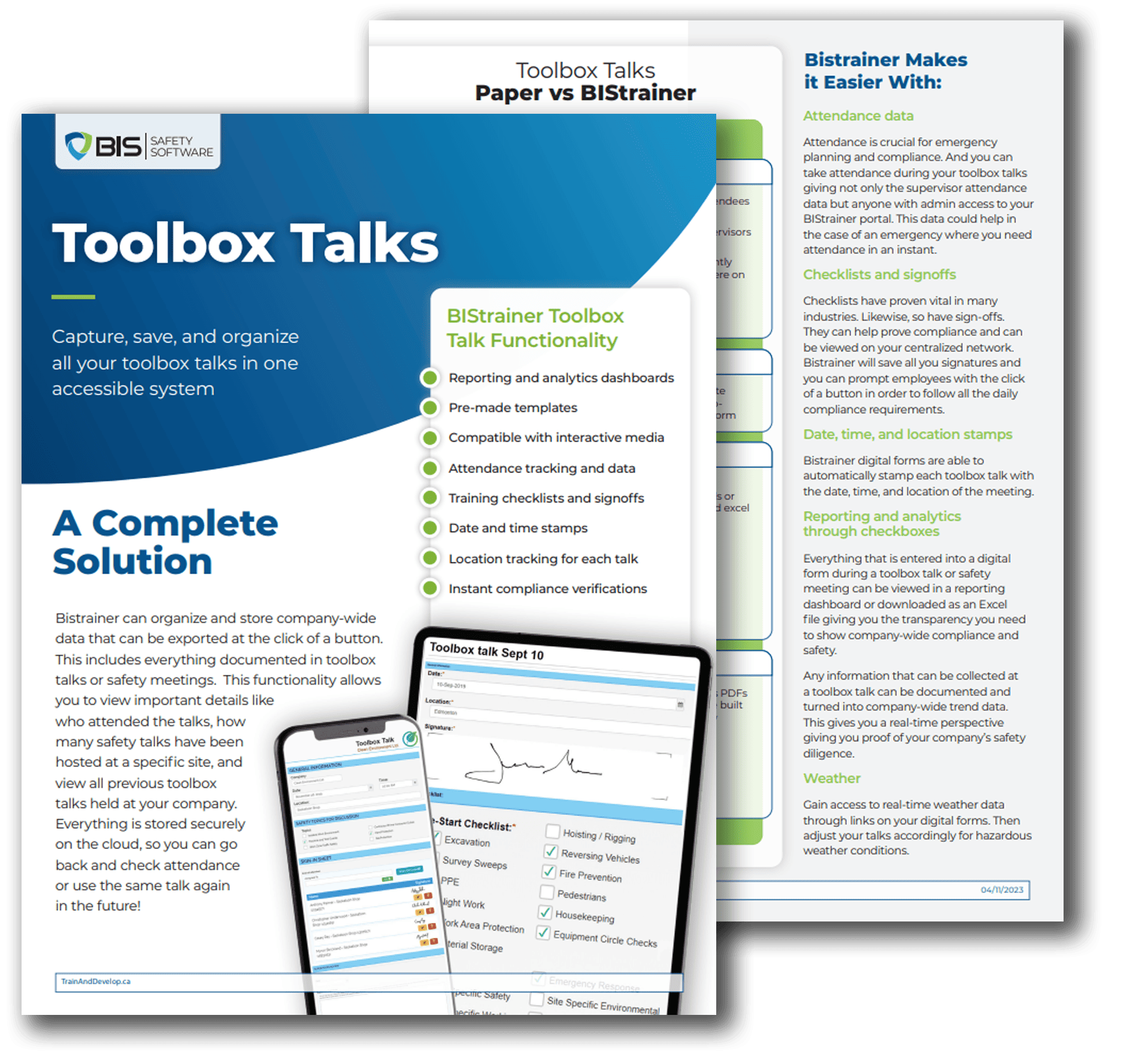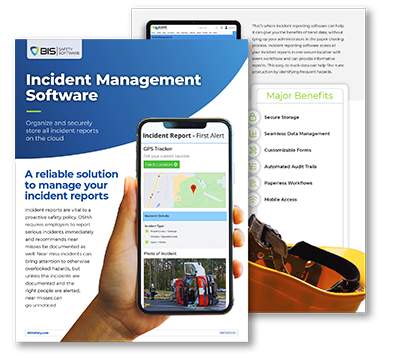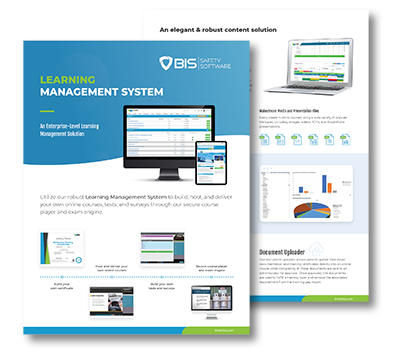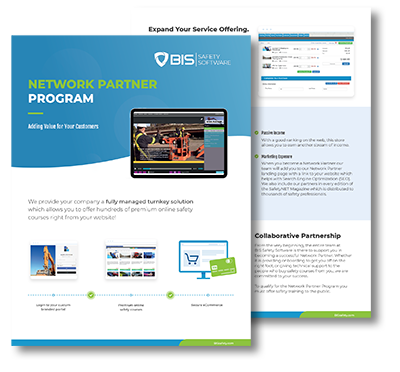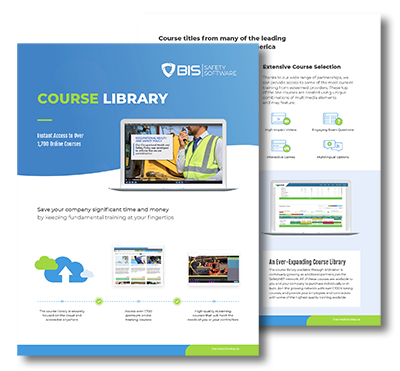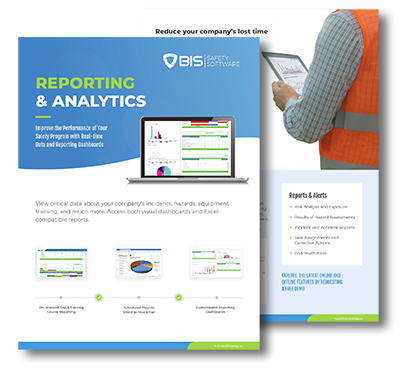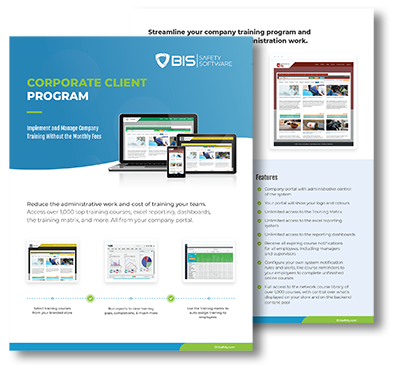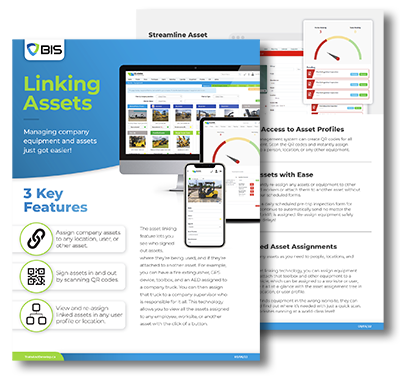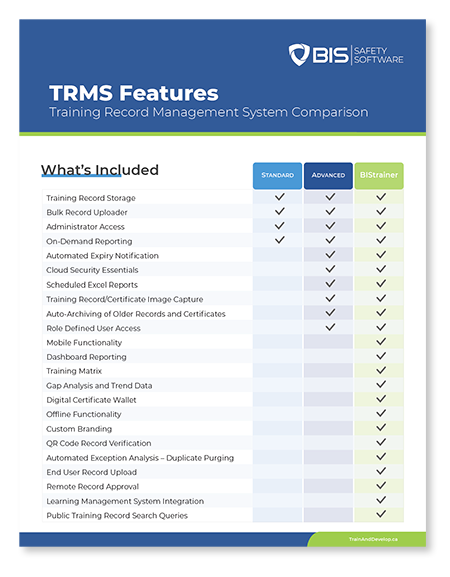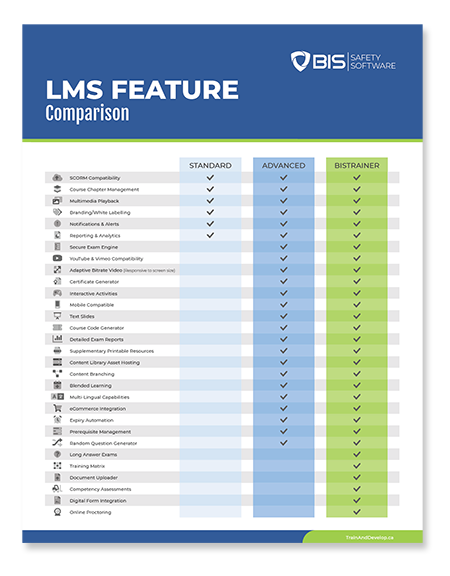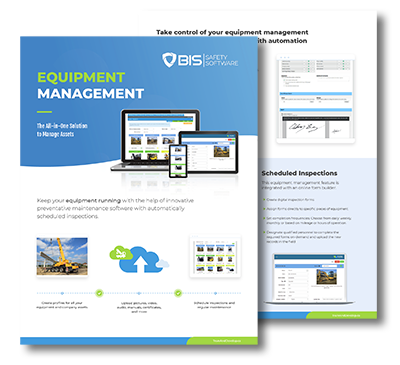Interview with BIS
The OGM - Interview with BIS
How Technology Is Shaping the Future of Safety
T
he world is now so much smaller than it used to be. With the advent of the Internet and high-speed broadband in millions of homes and businesses, people are connecting and interacting in ways that would never have been possible only a couple of decades ago. One place where this change is especially being felt is in the field of learning.
The way we learn has been transformed. Students are no longer required to attend physical classrooms, and information is no longer restricted to textbooks. Teaching and learning have made the leap online, and it’s now possible to learn just about anything, anywhere – something that corporations are becoming increasingly aware of, particularly in the area of safety training.
Why Teach Safety Online?
Online safety training saves companies significant time and money by allowing workers to stay in the field, which minimizes downtime and avoids the travel-related expenses that are part of traditional classroom training.
Online safety training is also popular with workers because it is available whenever they need it, right from the comfort of their own home. Often featuring a combination of multimedia elements, including high-impact videos, interactive games, dynamic animations, captivating graphics, and professionally recorded narrations, online safety training provides a memorable, engaging, and consistent learning experience. Creating these types of experiences is something that Dan MacDonald, co-owner of BIS Safety Software, knows all about. We sat down with him to find out more about how his company is delivering on the vast potential of online training.
BIS Safety Software Q&A
The OGM:
How did BIS Safety Software come into being?
Dan MacDonald, BIS Safety Software:
Our business began ten years ago, as a company offering classroom-based leadership training. One of our big clients had hundreds of locations across Canada; as a result, I was on the road an average of 23 days each month traveling and training.
It didn’t take long to realize if I kept up that pace, our two young children would grow up barely seeing their father, and my wife would likely burn out raising them alone while running our office full-time. We pondered potential solutions, and found a viable one offering our leadership training online. When we presented the idea to our clients, they agreed that online training was the way of the future, and gave us support and funding to help develop a basic online software solution.
Our business continued to progress along nicely until 2008, when the recession hit. We soon discovered the hard way that training budgets for soft skills like leadership training were often the first to be cut when times got tough. We needed to adapt, and fast!
Fortunately, someone suggested that we look into safety training, so my wife and I attended a trade show in Banff. It was a completely new world to us, one filled with lots of jargon and acronyms that we didn’t understand; we realized that we had a lot to learn. That being said, it was quickly obvious to us that regardless of how bad the economy could get, workers would still need safety training.
Later that fall, while exhibiting at another trade show, we were approached by three safety training companies that were intrigued with what our online system could do. They asked if we could deliver online safety training courses, and we assured them that we could.
It turned out to be more than a success—it was the start of something big. Since then, we have partnered with hundreds of other safety training providers to collectively build and share an online library of over 500 safety training courses. We call this network of companies “The SafetyNET.”
In addition to building one of North America’s most comprehensive libraries of online safety training courses, The SafetyNET is also helping to build one of the continent’s most robust safety management software solutions. As a result of discussions with industry stakeholders, we have built many features into our software that assist with attaining regulatory and voluntary safety compliance.
For example, in addition to delivering safety training online, our safety management software has a built-in classroom calendar that manages all aspects of traditional classroom training, including classroom and instructor bookings, student registration, online payment, inventory management, and more. Our training record management system not only allows employee and contractor tickets to be uploaded and stored online, but it automates expiry notifications as well. Our training matrix allows for required training to be automatically assigned to workers based on their company role and location. Our equipment management feature allows companies to manage all of their equipment and track its maintenance history online. Our digital forms feature allows forms to be created and used for any application, including inspections, hazard assessments, company policies, competency validation, and behaviour-based observations—just to name a few. And one of the best parts of our safety management software is that it can be integrated with almost any company’s existing software systems.
The OGM:
What innovations are on the horizon for your safety software solution, and how will The SafetyNET and your technology shape training today and in the future?
DM:
We have been approached by three COR auditing partners who would like us to expand the capabilities of our digital form feature so that it can be used as a full COR auditing tool. We’re excited to develop this tool, as it will give our software the ability to solve many of the problems that plague traditional auditing processes.
As for shaping training, our software is capable of managing an individual’s entire training history, regardless of what was completed, where it was completed, or who provided it. This allows us to deliver pre-course assignments online, track completion of classroom training regardless of the training provider or location, link it back to the employer, and then assign and store competency assessments completed by third-party evaluators. In the end, we can compile a person’s complete training history over many years and across multiple companies, all in one central online location. This task is made easier with the depth and breadth of the hundreds of partners that make up The SafetyNET; it’s something that would be virtually impossible for any company to do on its own.
Looking to the future, we are always seeking ways to improve our software by adding new features that will help make safety training, management, reporting, and compliance easier.
The OGM:
How important is safety training in the overall scheme of things?
DM:
That’s like asking, “How important are your lungs?” Pretty important! A serious injury or fatality can cost a company millions of dollars, but that is obviously insignificant in comparison to the human cost. A workplace incident has an incalculable impact on not only the affected worker, but his or her children, spouse, parents, siblings, friends, coworkers, and others.
Even a small investment in educating workers about the seriousness of the dangers around them can be life-changing. For example, I recently met a man who flew a helicopter in the army for many years. He was provided with earplugs, but chose not to wear them. Due to long-term exposure to the loud noise of the helicopter, he permanently lost his hearing. With more education, he might not have been hearing impaired today.
The OGM:
What makes your company stand out from the rest?
DM:
Our strength and competitive advantage comes from collaborating with so many companies that focus on safety. These partnerships allow us to constantly grow our library of online safety courses and continually add new features to our software in a way that speaks directly to the needs of industry.
We are fortunate to have more than 3,000 companies that currently use our safety management software, including large companies such as Suncor Energy, Enbridge, and Gibson Energy. We also have partnerships with many industry associations and unions, including the Christian Labour Association of Canada (CLAC), the Alberta Construction Safety Association (ACSA), the Alberta Motor Transport Association (AMTA), the Alberta Municipal Health and Safety Association (AMHSA), and the Manufacturers Health and Safety Association (MHSA). All of these are in addition to hundreds of leading safety training providers we have partnered with across the continent, including HSE Integrated, Levitt-Safety, Leavitt Machinery, and more.
Many of our clients and partners have come to us after using systems that were ineffective, costly, and so difficult to use that their employees were literally brought to tears. We intend to continue listening to our clients and partners and use their feedback and ideas to continually improve and enhance our software. We want to continue to ensure that our solution provides them with the tools they need to do their jobs efficiently and effectively while ensure that their people stay safe in the workplace.
About The OGM
The OGM is inspired and advanced by respected leaders of innovation, vision, a vast consciousness of the energy industry, and the ongoing intricacies of global business influencers.
The energy industry is a powerful and dynamic sector that has much to offer in terms of challenges, innovation, learning, growth, and accomplishments, and there has never been a shortage of content to profile all of this, especially when it comes to technical information.
However, as with any industry in the world, the evolution of how people receive and dissect information is rapidly changing, particularly with a new generation of future leaders gaining a foothold in influential positions. This ever-changing explosion of information technology combined with new realms of social media and multimedia platforms places us at the most exciting time of energy information in history.
To help keep up with information on the energy industry, visit the OGM online:
theogm.com


